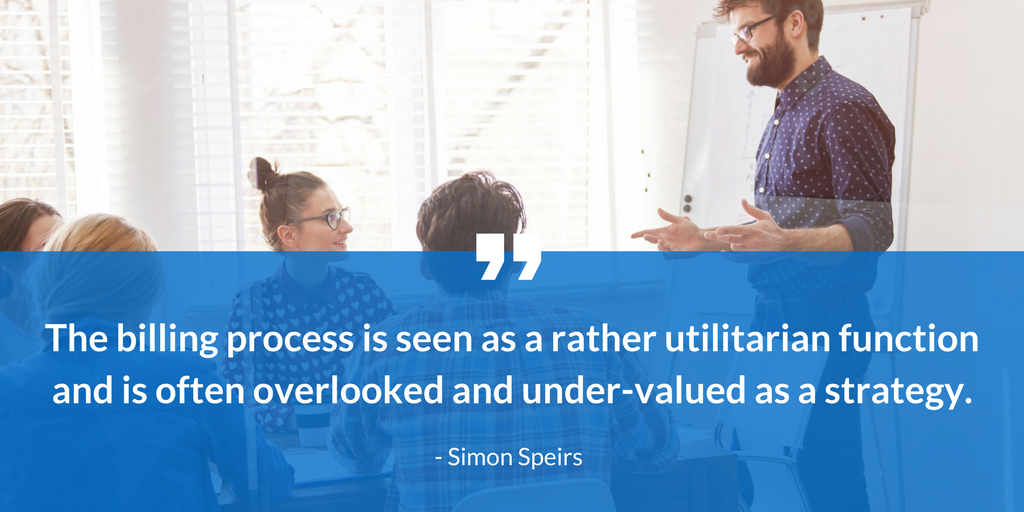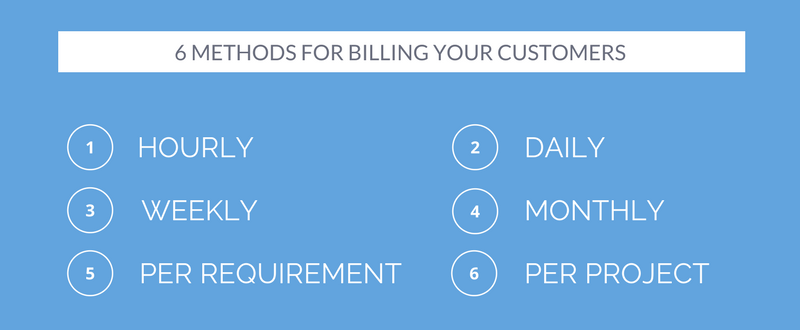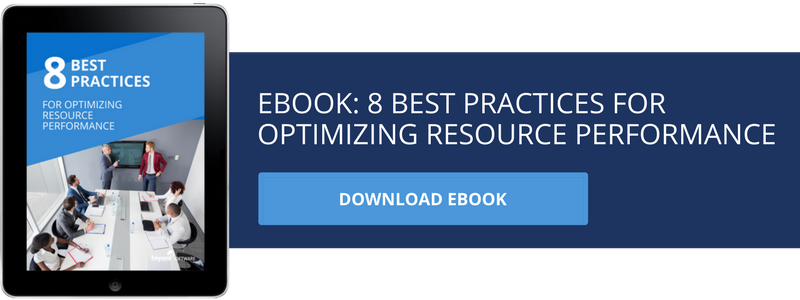Professional services organizations (PSOs) are nothing if not doers. From guiding companies through a tricky corporate merger…to turning the concept for a skyscraper into a finished design…to mapping out a campaign for achieving national brand recognition, they know how to put their clients’ goals into motion. By nature, they are strategists. Which is why it’s hard to believe they would ever have trouble planning and executing their own business processes – particularly the billing process as it relates to project accounting.
Yet, many PSOs struggle in this area. Why? As the old proverb goes: The shoemaker’s children go barefoot. Many PSOs are so busy helping their clients implement strategy that they don’t have time to focus on sharpening their own project billing practices. Others simply fail to appreciate the importance of better project billing. In “Top 10 Best Practices for Billing: The Billing Process as Strategy,” Simon Speirs of Southerland Global Services says, “The billing process is seen as a rather utilitarian function and is often overlooked and under-valued as a strategy.”
Instead of being a relatively unimportant part of business operations, however, the project billing process is actually crucial to a successful PSO practice. According to financial solutions expert Jeff Sobers, a more efficient and effective billing process drives revenue (i.e., reduces uncollected amounts), lowers the cost of doing business, and increases cash flow – all vital to a healthy, growing, and long-lasting organization.

Choosing a Project Billing Method
Okay, it’s one thing to recognize the need for better project billing. But where do you start in improving the process? A good place to begin is by taking a look at the billing method you use. Choosing the right one can make a huge difference in terms of your revenue, cash flow, client relationships, and overall project success. Contract Web developer Brennan Dunn lists six billing method options, along with the pros and cons of each:
Hourly
The traditional “time and materials” billing method contractors and freelancers have used since, well, forever. It’s pretty straightforward: multiply hours worked by hourly rate, add in any related expenses, and presto! Instant billing amount. Hourly billing protects against “scope creep” (when a client continues to expand the original project scope of work) or sudden changes in project direction (e.g., the client cancels the project). On the downside, it may require you to do some persuasive explaining to a client suffering from “sticker shock” (the invoice total is much higher than the client expected).
Daily
Billing clients by the “day”: an agreed upon number of working hours, typically eight. Daily billing eliminates a lot of the time tracking required by the hourly billing method and places more emphasis on results achieved. A client, though, may not understand when you have to pull away for a day or part of a day in order to work on another client’s project or to take care of various business tasks.
Weekly
Billing clients by the “week”: an agreed upon number of working hours, typically 40, within the seven-day, Sunday-to-Saturday time period. Weekly billing places even more emphasis on results achieved and is great for when a project’s scope of work is basically a moving target. Like daily billing, however, clients may not understand those times when you can’t devote a full week to their projects.
Monthly
Billing clients a monthly charge. This method typically isn’t practical for PSOs, except maybe for legal firms that charge their clients retainer fees (monies paid in advance for services to be performed later).
Per Feature or Requirement
A departure from time-based billing, the per-feature-or-requirement method charges clients according to a portion of the scope of work completed. This could be for a percentage of the scope or for a specific project task (e.g., development of a functional spec). With this method, there are no surprises; the client knows exactly what each feature-requirement will cost before the project begins. And if you work efficiently, your effective average hourly rate can be much higher than if you bill based on time. On the other hand, per-feature-or-requirement billing entails a lot of negotiation – and the project features-requirements must be agreed to by all concerned in order for this method to be successful.
Per Project
Billing clients based on the value of the final product delivered. This method offers PSOs the most potential for great rewards – but also presents them with the greatest financial risks. Brennan Dunn says it this way: “Billing by the project can allow you to make a ridiculous ROI on your time, but it can also really hurt you if you work with a client who looks at your engagement as an all-you-can-eat buffet.” And if a project is spread over a long period of time, waiting to be paid until it is complete can create a financial hardship for the PSO, due to the deferred cash flow.

So What’s the Best Billing Method?
The best method for your project billing is the one that helps you achieve maximum revenue, cash flow, and client satisfaction on each project you complete. It could be one of the methods summarized above in its “pure” form – or it could be one modified to fit a unique billing situation (e.g., per-project billing with the agreement that all tasks outside of the scope of work be performed on a time-and-materials basis).
And it’s important to realize that your “best” billing method is not necessarily a single one-size-fits-all solution. For some clients, per-project billing is ideal. For others, the only way to collaborate with them successfully is through traditional hourly billing. For still others, a weekly billing arrangement works great.
At the start of each new project, then, one of your most critical financial objectives is to identify and implement the billing method that will help you build the strongest client relationship. That way when the work is done, your client is happy with the results received at the price paid – and your firm is happy with the profits earned on your efforts and investment.
Looking Ahead…
Part 2 of this series will take a closer look at two topics related to the per-feature-or-requirement and per-project billing methods: project-based billing and milestone billing.
Read part 2: Milestone Billing or Project-Based Billing?
For additional information on Beyond Software please contact:
Nicole Holliday
nholliday@beyondsoftware.com
866-510-7839



